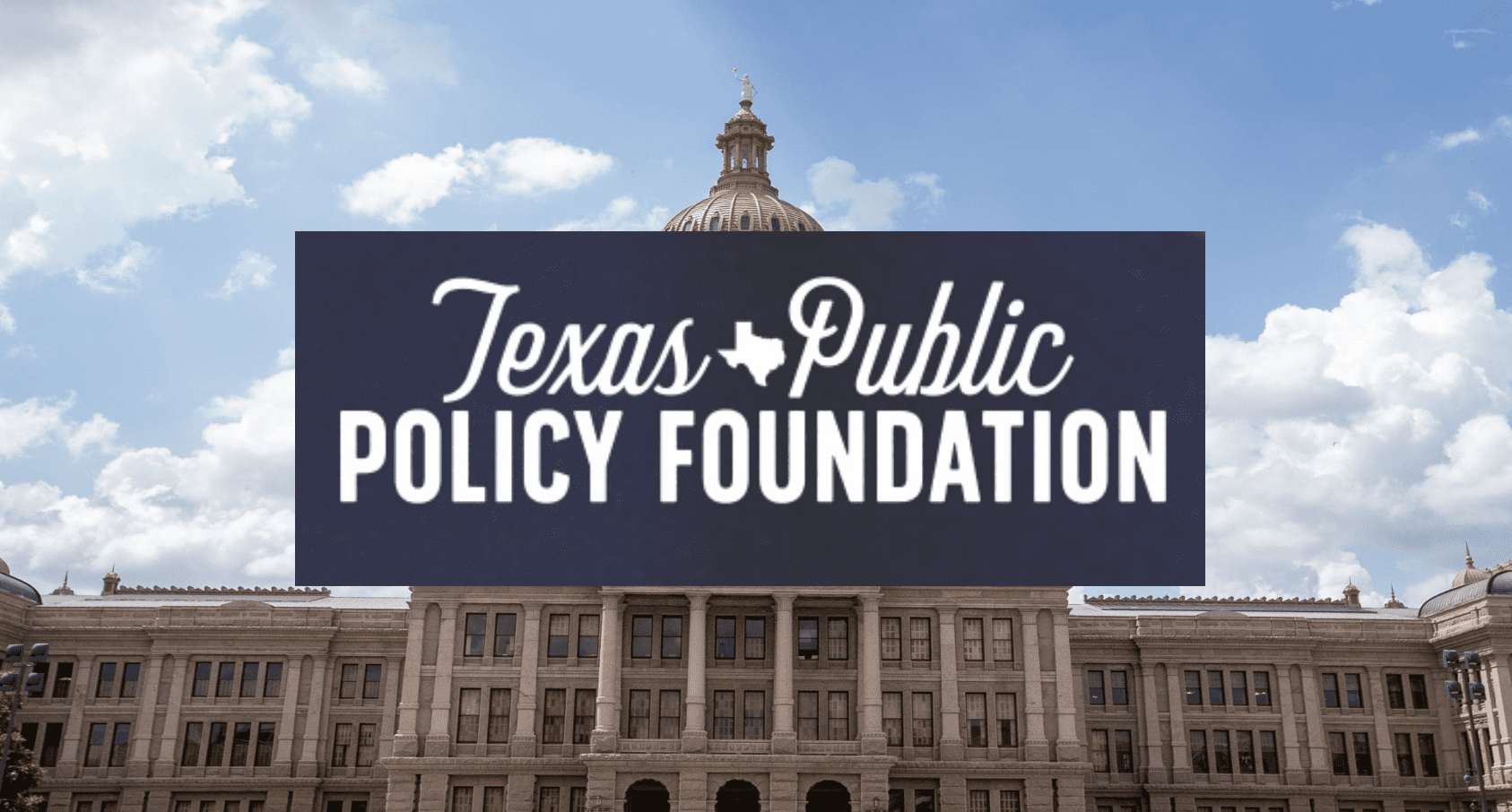In yet another slap in the face to the taxpayers who elected them, the Texas Senate voted on Tuesday to approve a budget that grows state spending beyond Texans’ ability to pay for it.
And not a single senator objected.
When the Senate Finance Committee, led by State Sen. Jane Nelson (R–Flower Mound), began the process of crafting the state‘s biennial budget at the beginning of the legislative session, early drafts came in below the confines of the Conservative Texas Budget Coalition’s recommendations—by the skin of their teeth—which is to keep spending growth within the growth of population and inflation. This session, that number is pegged at around 8 percent.
The budget passed by the Senate on Tuesday grows spending by around 10 percent, or 5 billion additional dollars over population plus inflation.
Meanwhile, only 2.7 billion of the budget is dedicated for any kind of property tax relief, a measly 1 percent.
But while the Texas Public Policy Foundation, along with other conservative think tanks and taxpayer watchdog groups, sounded the alarm on the fiscally irresponsible budget, urging senators to amend the legislation and put 5 billion of surplus revenue towards tax relief instead, their recommendations fell on deaf ears. Not a single member of the Senate offered even one amendment to the bill.
When the votes were tallied, even State Sen. Bob Hall (R–Edgewood)—who expressed concerns about the increased spending in the bill—voted “yes,” defending his vote by saying it was part of the “process.”
Democrat members of the Senate, however, expressed little remorse over the increased unnecessary and wasteful spending. They were thrilled with the budget; Democrat State Sen. Judith Zaffirini (Laredo) even took a moment before final passage to tell her colleagues, “I do disagree entirely with those who say this budget spends too much,” adding that she would have liked to have spent even more.
The next step in the process is for the bill to go to a conference committee. In this process, both the House and Senate delegate a small group of members—usually from each chamber’s respective budget-writing committees—and the final version of the budget is agreed upon before being sent back to each chamber for a final vote.
Unfortunately for taxpayers, the budget’s trajectory doesn’t look good.
Last month, the Senate unanimously voted to approve a supplemental budget that spent a billion dollars on ongoing expenses, largely from the state’s economic stabilization fund, or “Rainy Day Fund,” meant for one-time, unforeseen expenditures and economic downturns.
And though the Senate’s budget grows state spending above population and inflation, the House recently approved a budget that blows the limit out of the water, spending an astonishing 14 percent above levels from the previous biennium.
Texans would be hard-pressed to find an example of a time a budget got better in the conference committee than the versions passed out of both chambers.
That process will likely begin within the next week.





